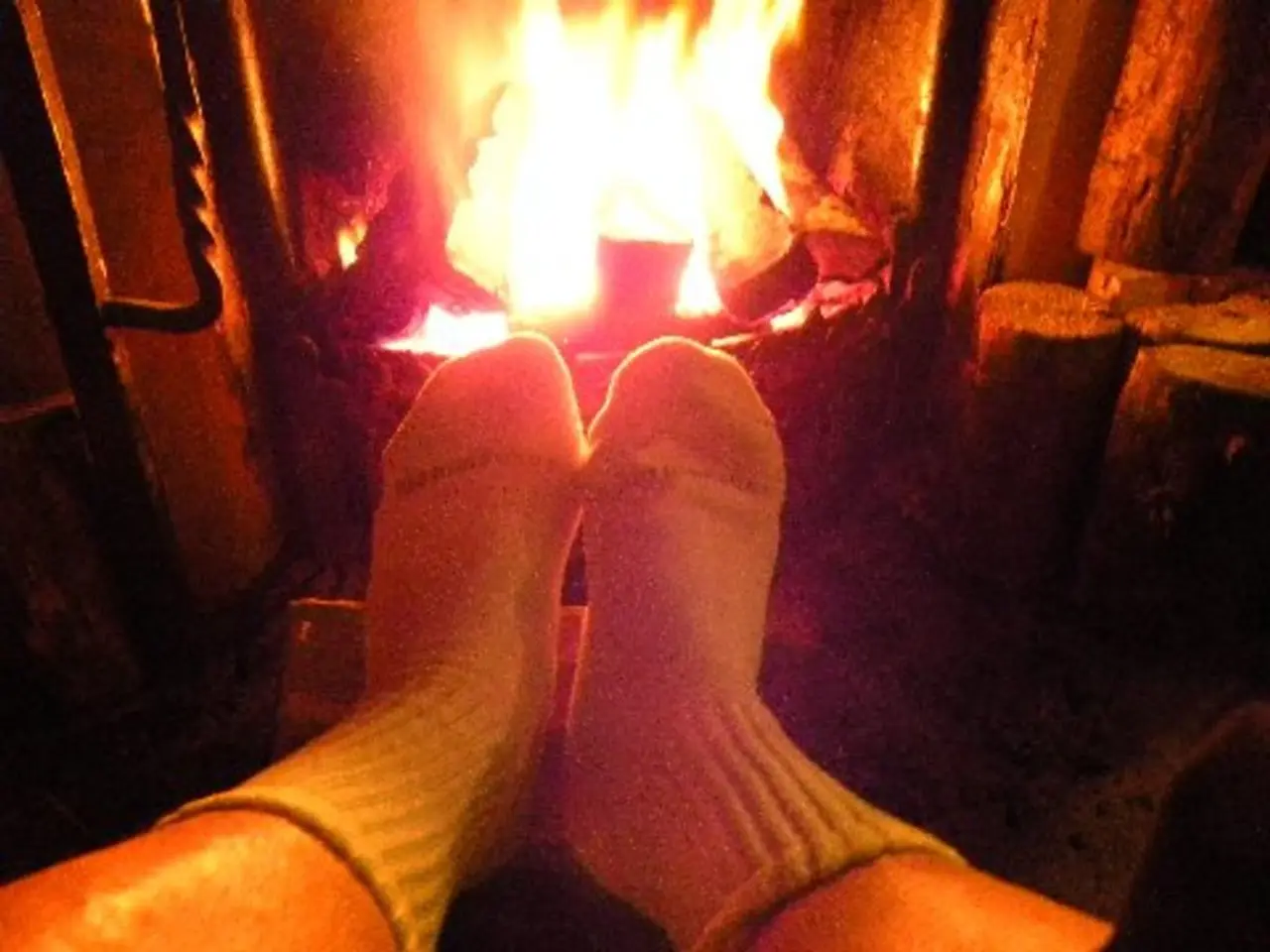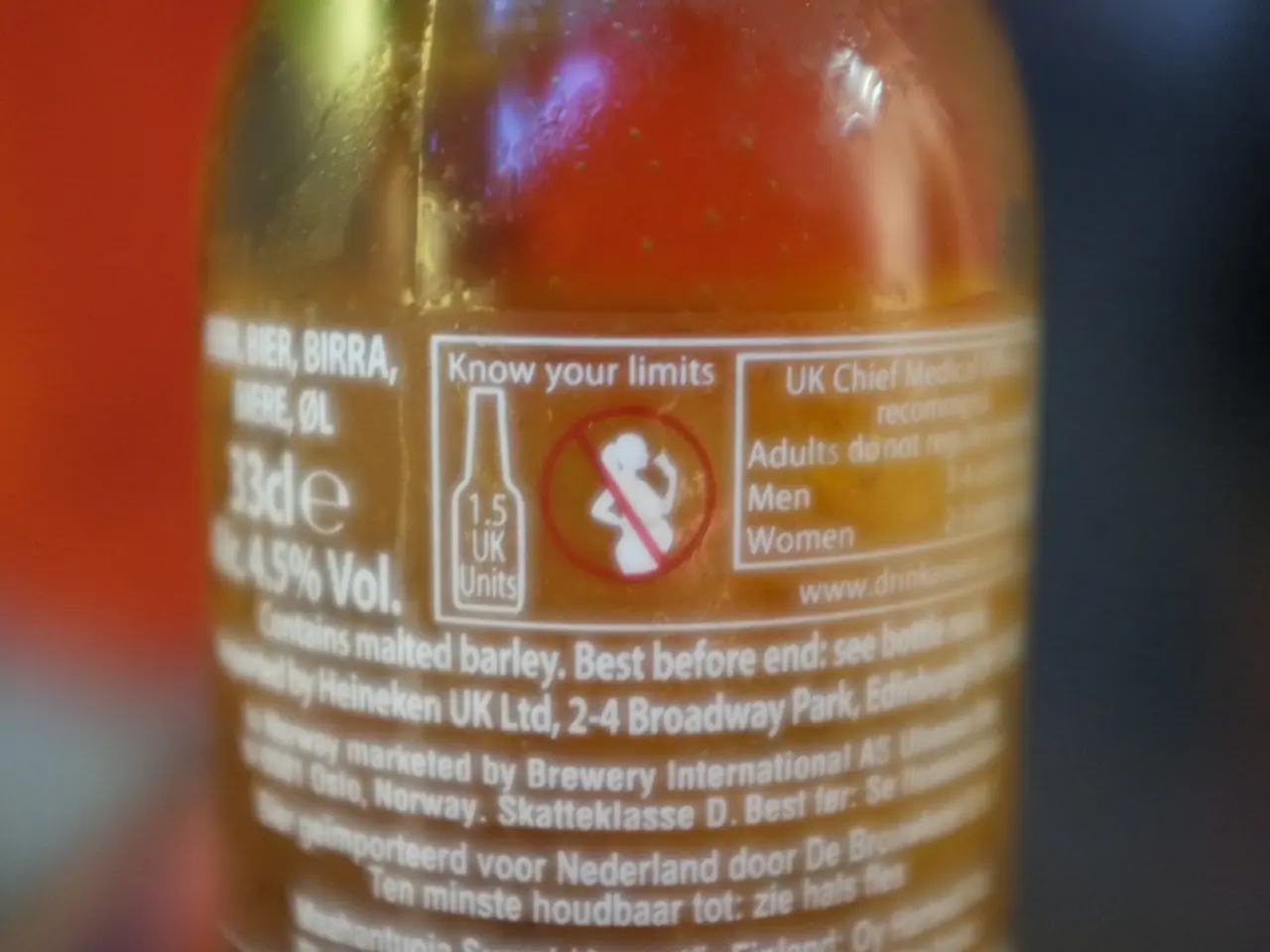Knee Burning: Exploring 7 Potential Causes and Treatment Methods for Relief
Are you experiencing persistent burning pain in your knee? This article aims to explore the common causes, treatments, and when to seek medical help for this issue.
**Common Causes**
1. **Iliotibial (IT) Band Syndrome:** This condition is a frequent cause of burning or sharp pain on the outer (lateral) side of the knee. Repetitive activities like running or cycling can irritate the IT band, leading to friction and pain.
2. **Knee Osteoarthritis:** Although osteoarthritis typically causes deep aching pain in the inner (medial) part of the knee, it can sometimes be associated with a burning sensation, especially as the disease progresses.
3. **Patellar Tendinitis:** Overuse of the patellar tendon, common in those who run or jump frequently, can cause pain and a burning sensation, usually more localized to the front of the knee.
4. **Nerve-related Issues:** Sciatica or other nerve irritations can cause burning pain that radiates down to the knee and the side of the leg. Nerve injuries in the area may also lead to a burning sensation.
5. **Other Causes:** Less commonly, other soft tissue injuries, ligament sprains, or bursitis can also cause burning pain in the knee.
**Treatment Options**
1. **Rest and Reduced Activity:** Temporarily avoiding activities that aggravate the knee is often the first step in recovery. 2. **Ice and Heat Therapy:** Applying ice packs for 15–20 minutes can reduce inflammation, while heat therapy may relieve muscle tension and improve blood flow. 3. **Compression and Elevation:** Using a knee brace or wrap and keeping the knee elevated above heart level can help manage swelling. 4. **Pain Medications:** Over-the-counter pain relievers like ibuprofen or acetaminophen can provide temporary relief. 5. **Stretching and Strengthening:** For IT band syndrome, targeted stretching and strengthening exercises are effective for long-term management. 6. **Medical Consultation:** Persistent or severe pain, especially if associated with weakness, numbness, or loss of function, warrants a visit to a healthcare professional for further evaluation and possible imaging or nerve studies.
**Summary Table**
| Cause | Typical Location | Key Treatment Options | |-------------------------|----------------------|--------------------------------------| | IT Band Syndrome | Lateral (outer) knee | Rest, ice, stretching, exercises | | Osteoarthritis | Medial/inner knee* | Rest, OTC meds, physical therapy | | Patellar Tendinitis | Front of knee | Rest, ice, strengthening, OTC meds | | Nerve issues (sciatica) | Side/thigh/knee | Nerve-specific treatments, consult |
*Note: Osteoarthritis typically affects the inner knee, but can be associated with burning pain.
If the pain is persistent, severe, or accompanied by other symptoms, a thorough medical evaluation is recommended to determine the specific cause and appropriate treatment.
For overuse injuries like patellar tendinitis, ITBS, and PFPS, the best solution is often to rest, apply an ice pack, and focus on muscle building activities that do not put strain on the knees. Remember, early detection and appropriate treatment can significantly improve the healing process and alleviate pain. Always consult with a healthcare professional for a proper diagnosis and treatment plan.
- Repetitive stress injuries such as IT Band Syndrome can cause burning or sharp pain on the outer side of the knee, often due to frequent activities like running or cycling.
- Osteoarthritis, a common form of arthritis, may be associated with a burning sensation in the knee, particularly as the disease progresses and affects the inner part of the joint.
- Diabetes, a type of medical condition, can lead to nerve-related issues that may cause burning pain to radiate down to the knee and the side of the leg.
- COPD (Chronic Obstructive Pulmonary Disease), another medical condition, can sometimes be linked to knee joint pain, which could manifest as a burning sensation.
- Predictive science can help identify the risk factors for conditions like osteoarthritis, rheumatoid arthritis, obesity, depression, and Alzheimer's, which may contribute to the development of knee pain.
- For many knee conditions, treatments might include rest, ice and heat therapy, compression, elevation, over-the-counter pain medications, stretching, and strengthening exercises.
- When it comes to medical-related issues like knee pain, health and wellness rely on early detection, appropriate treatment, and regular medical consultations to ensure optimal recovery and pain alleviation.




